The Chepkuony Community is made of clay houses scattered amongst vegetation and an abundance of indigenous trees. The few bumpy roads leading to the community are hard to access, especially during the rainy season.
The main economic activity in this region is the farming of tea. Other small-scale farming of maize, beans, and bananas helps sustain families with food to eat. Additional income-generating activities include small businesses and animal-rearing.
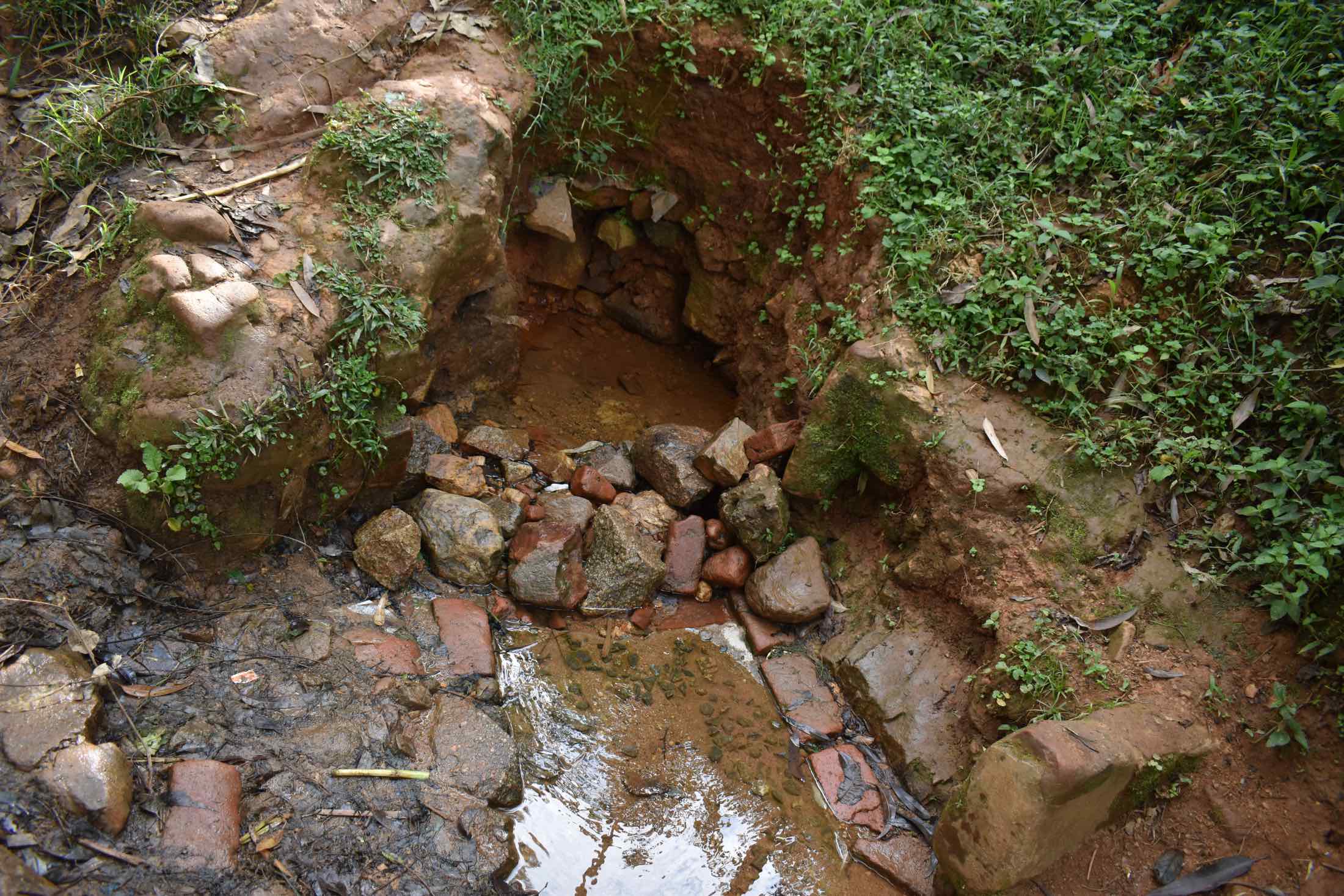
Shaka Spring is difficult to access, especially in the rainy season. This unprotected water source serves 186 community members and other people from outside the community who come in search of water.
The paths leading to the spring are narrow and steep, with no stairs or way to gain your footing. Once people arrive, the water catchment area is very rocky and shallow, so they must use small scoop containers to fill larger jugs. This makes collecting water tedious and time-consuming.
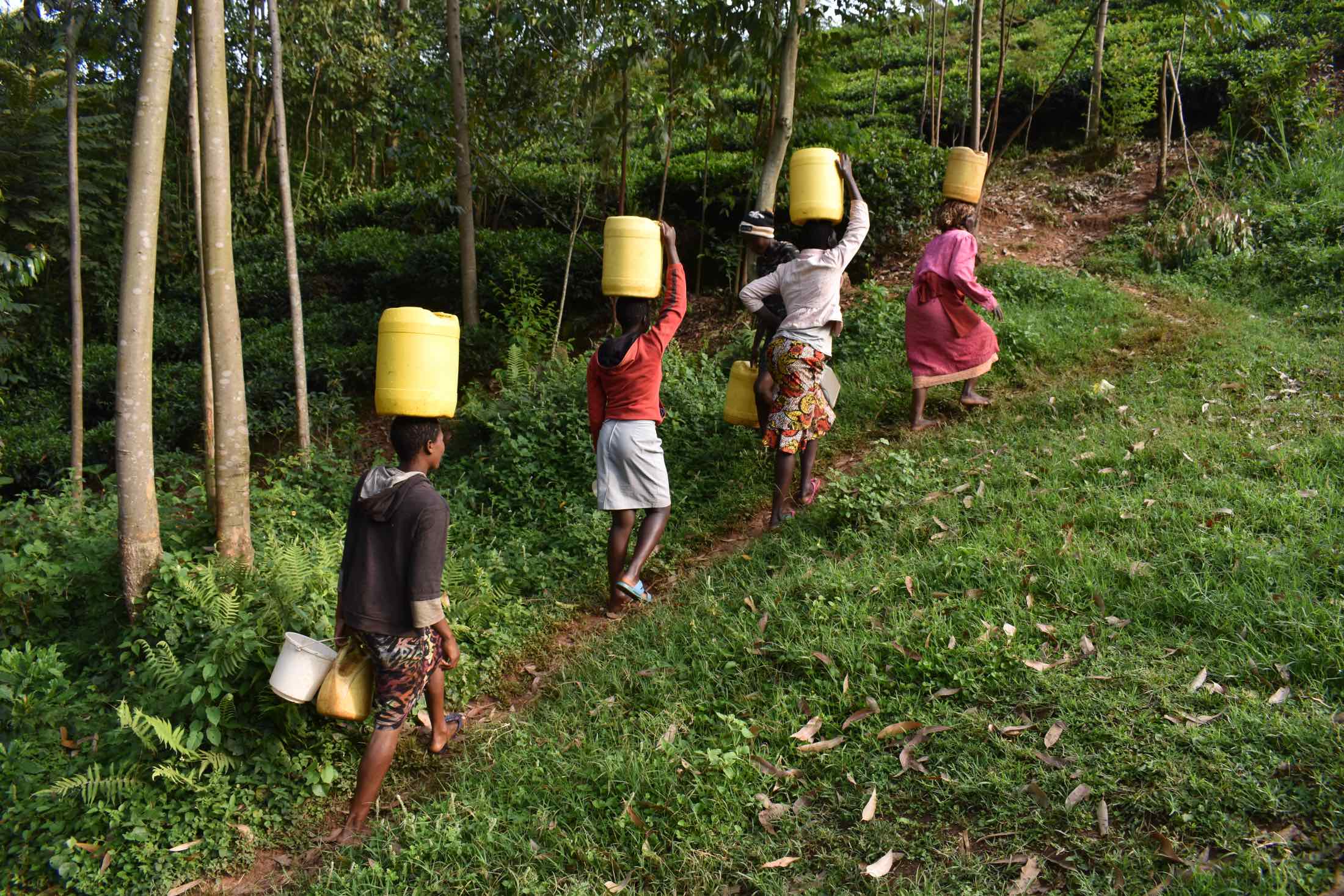
The spring is often overcrowded, so community members must make several trips to the spring daily to collect enough water for drinking, cooking, laundry, and farming. It is labor-intensive and exhausting, with delays disrupting people's normal routines related to family life, school, and work.
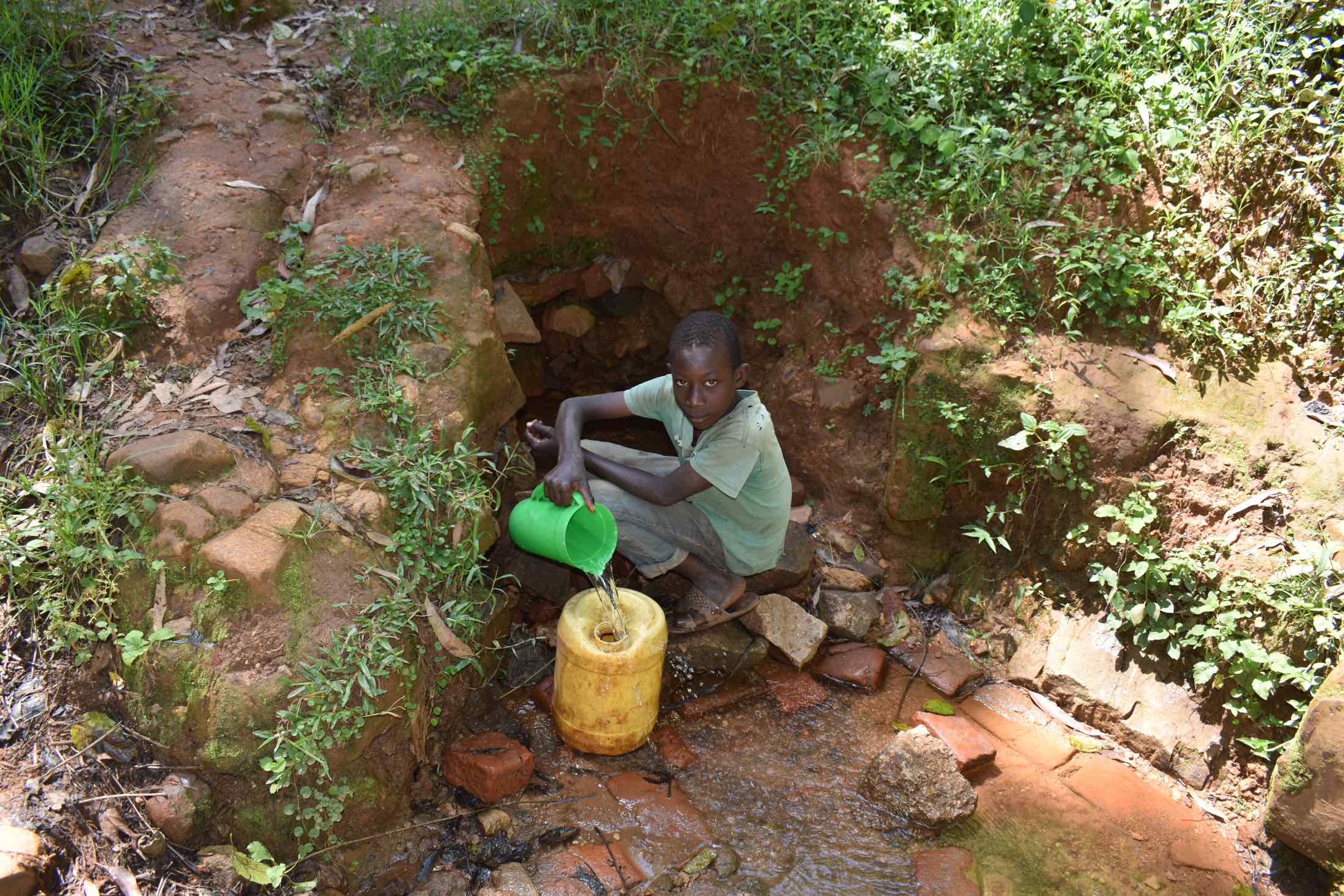
"It has taken God's favor for us to be the way we are. As a pupil of this community, I have been affected by wasting time looking for water. Sometimes [I] skip school due to unclean uniforms. [I] strain when accessing water as it (the spring) has no stairs. Also, economically, our parents spend much [money] on medication; thus [the] rate of poverty grows among us," said local student, James M. (shown above collecting water).
Due to the openness of the spring, the water is contaminated, and the surrounding area is lined with green mold. The water color often changes to brown, and waste products can be seen floating on the surface. Obviously, none of these things are healthy for human consumption, but people must use the water because there is no safe water source.
Health issues are frequently reported among community members who use this water. People have a high chance of getting diseases like typhoid and cholera or other water-related illnesses.
The poor health of community members leads to economic hardship. Agribusiness suffers when they are ill, and the little money they have is used for medical treatments. This cycle contributes to a high rate of poverty.
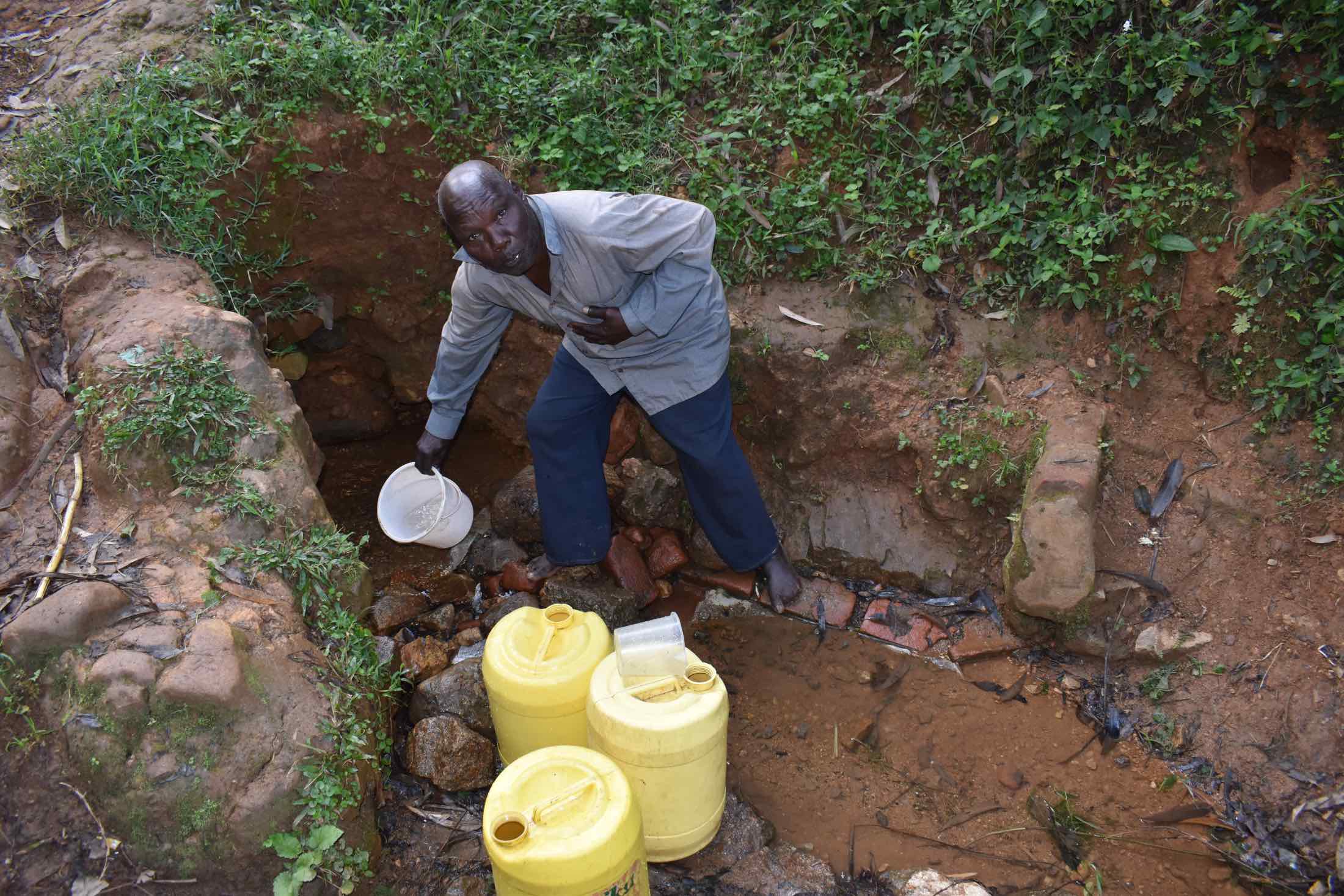
"This community has been using this water point for a long time. People have been affected by [the] time taken to fetch water most in [the] morning when it's time to do daily activities. Diseases also have affected them financially when trying to seek medication. [For] old age people and expectant mothers, it's become a challenge for them to fetch water [because] the spring has no stairs for easy accessibility. Lastly, hygiene is not up to standard," said Luke Keya, a 52-year-old farmer (shown above).
What We Can Do:
Spring Protection
Protecting the spring will help provide access to cleaner and safer water and reduce the time people have to spend to fetch it. Construction will keep surface runoff and other contaminants out of the water. With the community’s high involvement in the process, there should be a good sense of responsibility and ownership for the new clean water source.
Fetching water is a task predominantly carried out by women and young girls. Protecting the spring and offering training and support will, therefore, help empower the female members of the community by freeing up more of their time and energy to engage and invest in income-generating activities and their education.
Training on Health, Hygiene, COVID-19, and More
To hold trainings during the pandemic, we work closely with both community leaders and the local government to approve small groups to attend training. We ask community leaders to invite a select yet representative group of people to attend training who will then act as ambassadors to the rest of the community to share what they learn. We also communicate our expectations of physical distancing and wearing masks for all who choose to attend.
The training will focus on improved hygiene, health, and sanitation habits in this community. We will also have a dedicated session on COVID-19 symptoms, transmission routes, and prevention best practices.
With the community’s input, we will identify key leverage points where they can alter their practices at the personal, household, and community levels to affect change. This training will help to ensure participants have the knowledge they need about healthy practices and their importance to make the most of their water point as soon as water is flowing.
Our team of facilitators will use a variety of methods to train community members. Some of these methods include participatory hygiene and sanitation transformation, asset-based community development, group discussions, handouts, and demonstrations at the spring.
One of the most important issues we plan to cover is the handling, storage, and treatment of water. Having a clean water source will be extremely helpful, but it is useless if water gets contaminated by the time it is consumed. We and the community strongly believe that all of these components will work together to improve living standards here, which will help to unlock the potential for these community members to live better, healthier lives.
We will then conduct a small series of follow-up trainings before transitioning to our regularly scheduled support visits throughout the year.
Training will result in the formation of a water user committee, elected by their peers, that will oversee the operations and maintenance of the spring. The committee will enforce proper behavior around the spring and delegate tasks that will help preserve the site, such as building a fence and digging proper drainage channels. The fence will keep out destructive animals and unwanted waste, and the drainage will keep the area’s mosquito population at a minimum.

 Protected Spring
Protected Spring
 Rehabilitation Project
Rehabilitation Project










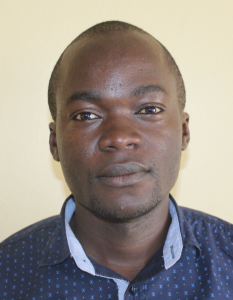
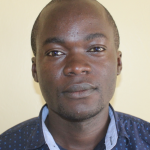












 The community members of Chepkuony were most excited about soap-making, as they never knew that soap could be made at home without complicated ingredients or machinery. Some of the attendees even decided to form a soap-making group so that they could sell soap at the local market. Most people asked to take a turn stirring the soap as it was being made.
The community members of Chepkuony were most excited about soap-making, as they never knew that soap could be made at home without complicated ingredients or machinery. Some of the attendees even decided to form a soap-making group so that they could sell soap at the local market. Most people asked to take a turn stirring the soap as it was being made.











